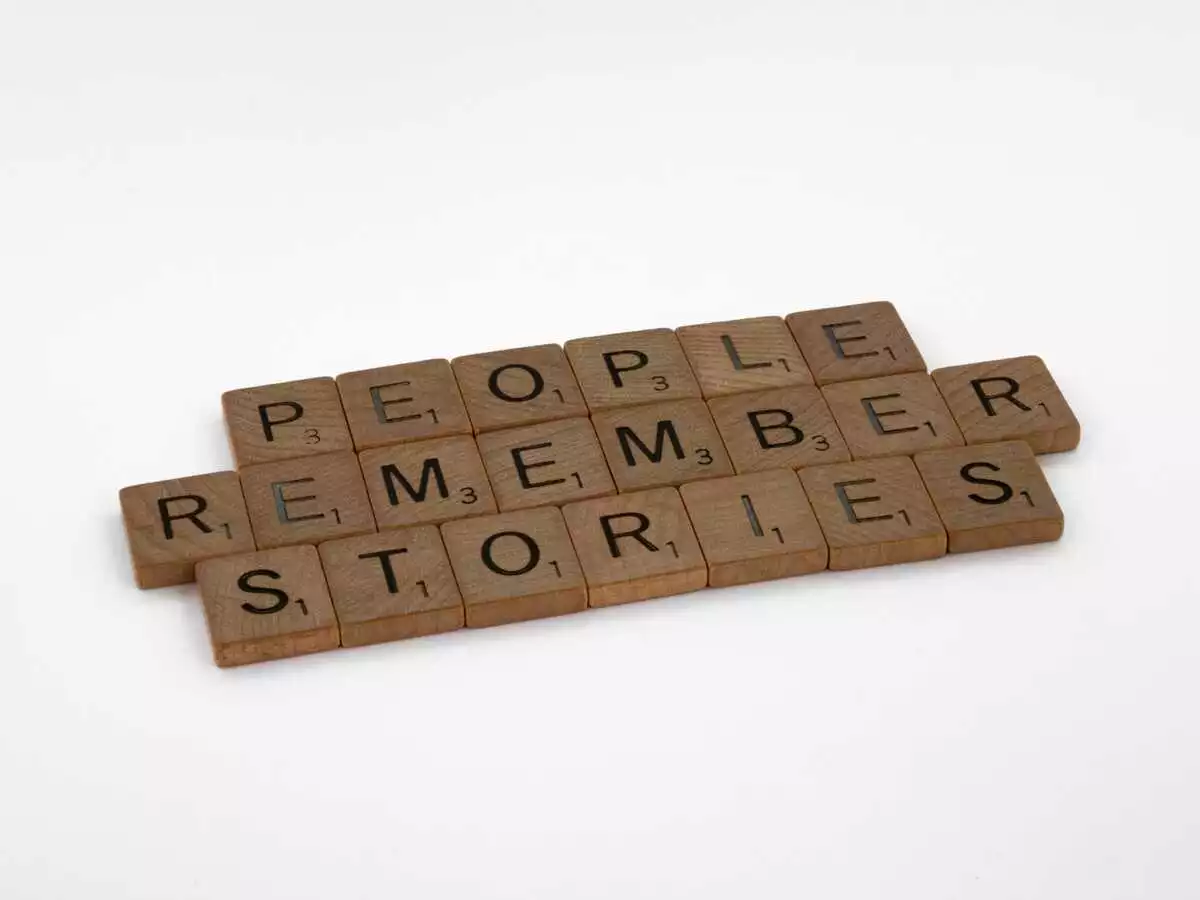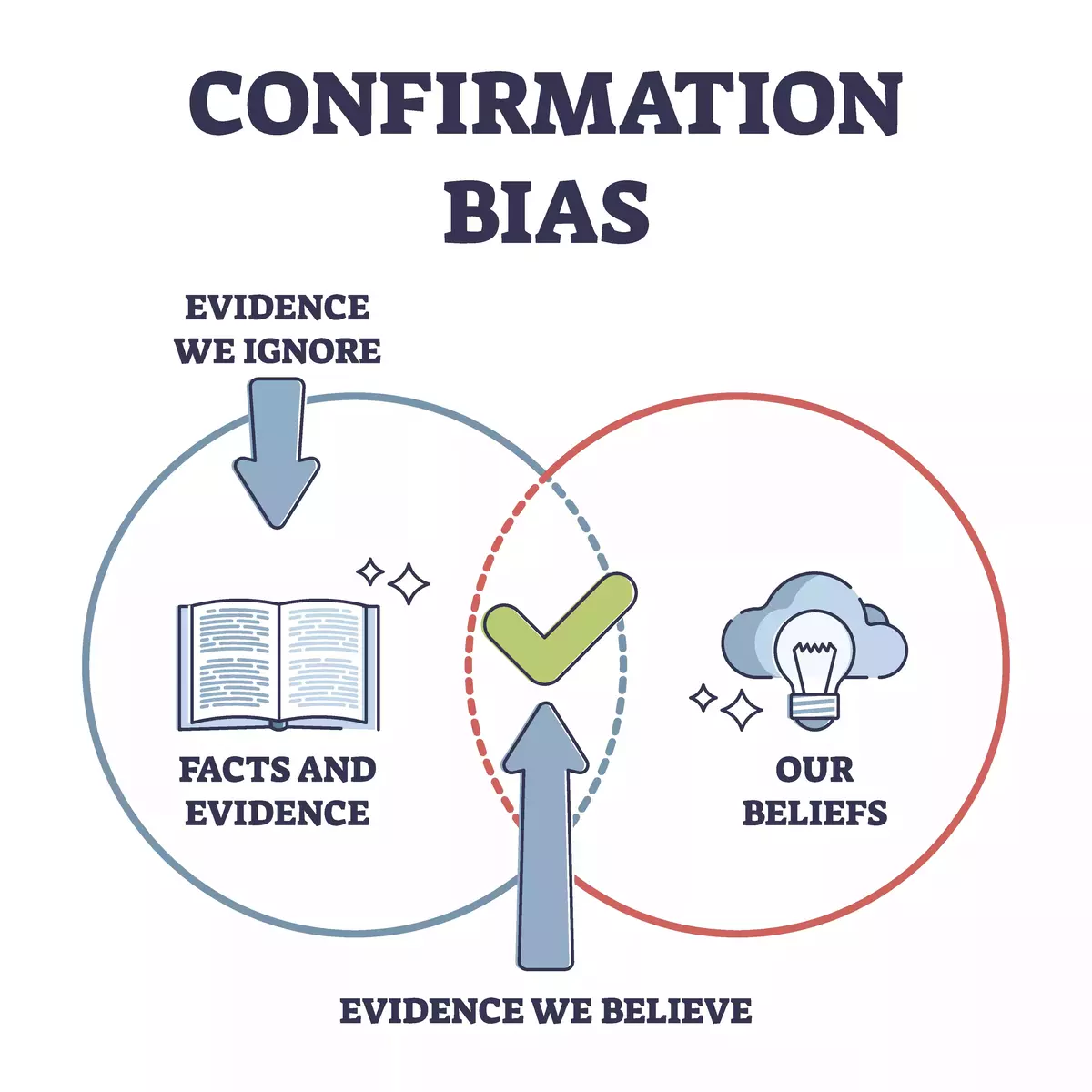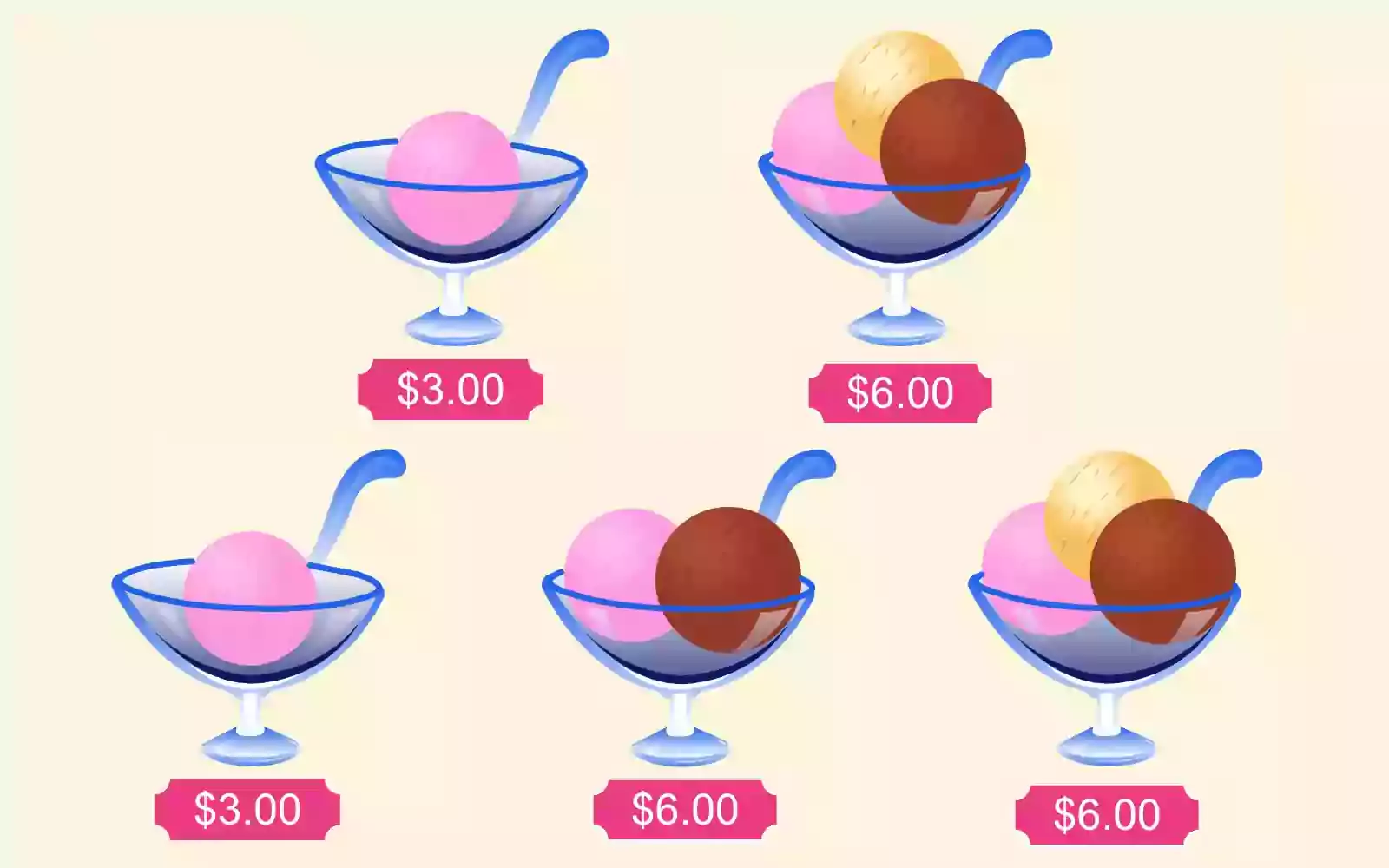9 Cognitive Bias Examples Most Relevant to Increasing Website Conversion Rates

These 9 cognitive bias examples will help you improve your website conversion rate.
Visitors of your website all have at least one thing in common: they are human. As such, the same biases which affect us all will ultimately underline visitor behavior on your website. By understanding these biases, you can improve your website conversion rates and get one step ahead of your competition.
Cognitive biases are mental patterns used by people when making decisions and processing facts. Before we outline the cognitive biases that are likely to be most useful to you in increasing your website conversion rate, a quick word on the ethics of doing so.
Marketers should be aware of cognitive biases in order to present information in the most effective way - however, it is important to note that taking advantage of these shortcuts in a manipulative manner is not ethical. While cognitive biases can prove advantageous at times, they may also lead individuals down paths detrimental to their interests. Thus, as marketers we must remain moral while leveraging these tools so as not to influence consumers into illogical choices.
The cognitive biases that most significantly influence the way visitors interact with a website are:
- Anchoring bias
- Availability bias
- Choice-supportive bias
- Confirmation bias
- Endowment effect
- Framing effect
- Loss aversion
- Social proof bias
- Recency bias
By becoming aware of these cognitive biases, copywriters, web designers and marketers can better design and prepare websites and marketing strategies to ensure more visitors convert.
In this article, we will explore each cognitive bias above, providing an example for each.
Anchoring bias
Anchoring bias occurs when people base their perspective too heavily on the first pieces of information they receive when making decisions, which can cause people to overestimate or underestimate the value of a product or service due to their initial impression, and so affect their willingness to make a purchase.
Anchoring bias can be impacted by factors such as the order of presented information, which information is being presented, and more generally the marketing techniques used.
Your website could, for example, display prices sequentially with the highest price listed first and the lowest price listed last. By showing the higher prices first, it acts as an anchor that can make your prospects perceive more value in your lower prices.
Another implication of anchoring bias is that, when advertising discounts, you should first expose your prospects to the full price before showing them the discounted price. For example, you could use strike-through text for the original price before displaying the discounted price adjacent to it.

Availability bias
Availability bias is the tendency for people to base their decisions on information that is most easily accessible - that is, on the top of their minds. This cognitive bias can be seen in action when customers are more likely to purchase products which are advertised more often as they more immediately recognize the brand.
To capitalize on availability bias, ensure that customers are very clearly presented with information that is most likely to influence their decision-making in a positive way. The information which is displayed most prominently will ultimately be the information that is most easily recalled. This is one of the reasons that storytelling can enhance conversion rates.

On a website, deal-making information should appear either on or immediately below the page header area. Such information includes positive reviews and testimonials as well as discounts and other incentives if offered. If you make your key benefits highly memorable, visitors should respond more often.
Choice-supportive bias
Choice-supportive bias is the tendency for people to retrospectively exaggerate how much better their past choices were than their alternatives at the time.
You can use choice-supportive bias to increase conversion rates with existing customers by offering personalized recommendations based on which products or services they have previously purchased. By focusing on your customers' past choices, your website can draw out choice-supportive bias and make your customers more likely to buy from you again.
Your website can also capitalize on choice-supportive bias by introducing customization options during purchases. If customers who have already decided to buy from you build upon that initial purchase decision by customizing the product or service they are buying, they will tend to value your product or service more due to choice-supportive bias, even before they have completed the first purchase.
Confirmation bias
Confirmation bias is the phenomenon where people tend to seek out and interpret information in a way that confirms their existing beliefs and assumptions. In the context of website conversion rates, this bias can be used to increase conversions by presenting information in a way that confirms visitors' beliefs, hopefully increasing the perceived value of your product or service.

One way to use confirmation bias to increase website conversion rates is to follow the timeless advice from Robert Collier back in 1931:
"You need to enter the conversation already taking place in the customer's mind."
That is, you can use confirmation bias to increase website conversion rates by presenting information about your offer in a way that aligns with the experiences, beliefs, and values of your target audience. For example, outlining their pain points will resonate with your visitors by making them feel understood rather than challenged. Conversely, making claims that the customer disagrees with will usually reduce your chance of a conversion.
By confirming what the customer already knows, you increase the chance they will choose you.
The endowment effect
The endowment effect is the inclination for people to place a higher value on things that they already own as supposed to identical objects which they do not own.
A common way to use the endowment effect to increase website conversions is to offer a free trial for your product or service. Once your customers feel that your product is already "theirs", they will value it more, thereby increasing your chance of a full conversion.
Another way to use the endowment effect to increase website conversions is to offer a satisfaction guarantee or return policy to reduce the perceived risk of the initial purchase. Once the purchase has been made, the endowment effect will reduce the probability of a return.
The framing effect
The framing effect is the influence that wording, context, and connotation wield on decision-making and behavior. So, according to the framing effect, framing a decision positively may induce a different decision to framing the same decision negatively.
For example, someone might prefer a game of "heads you win, tails I win" to a game of "tails you lose, heads I lose", even though both games are identical.
One way that the framing effect can be used on your website is by introducing irrelevant alternative options for your customers. Often, compared to being presented with two options, a consumer may change their preferences if given a third, irrelevant option. In fact, a study by Kirchler et al found that trading behavior in financial asset markets could be changed simply by communicating additional information that was objectively irrelevant.
In marketing, this variant of the framing effect can be used when setting prices. Consider the example of an ice cream store. Suppose that the store offers one-scoop ice creams at $3 and three-scoop ice creams at $6. In this case, customers will face a trade-off between more ice cream and a higher price.
Imagine now that the store begins selling two-scoop ice creams at $6. Objectively, the decision between the one-scoop and three-scoop ice creams has been unaffected. However, a customer may now perceive a three-scoop ice cream as more valuable as it is clearly better than a two-scoop ice cream even though it is at the same price.

According to the framing effect, therefore, purchases of the more expensive three-scoop ice creams could increase despite no actual price change. This is also known as the decoy effect.
Loss aversion
Loss aversion is the idea that people have a greater psychological response to losses than to gains. By leveraging this cognitive bias, businesses can create an environment where potential customers feel like they need to take action to avoid losing something valuable.
One effective way to do this is by offering limited-time discounts or special offers. By setting a deadline for the special offer, businesses can establish a sense of "loss" or fear of missing out ("FOMO") which, in turn, encourages customers to take immediate action, leading to increased conversions.

Another way to use loss aversion to increase website conversion rates is to create a sense of urgency around your product or service. For example, you could highlight the fact that your product is in high demand and may soon be sold out. This can make potential customers feel like they have something to lose if they do not make a purchase.
Social proof bias
A well-known example of a cognitive bias utilized frequently in marketing is social proof bias. Social proof is the phenomenon in which people tend to be positively encouraged to repeat a decision that they perceive to have been made by many other people.
The utility of social proof bias in increasing your website's conversion rates is very clear. If your website's visitors were to perceive purchasing your product or service as being consistent with the behavior of many others, then they would be much more likely to ultimately convert.
The key component to social proof for your website is consequently perception. What matters here is the perception of popularity. To increase conversion rates on your website, it is therefore vital to establish in the design of your website the notion that your visitors are but one of many customers who are purchasing your product or service.

A common strategy to capitalize on social proof bias is via the use of testimonials, reviews, or other indicators of former customer activity. Similarly, websites may display a live counter or map indicating other visitors' downloads or purchases in real-time.
No matter the method, by establishing that a large number of people have already purchased your product or service, you can reinforce your visitors' social proof bias to increase conversion rates.
Recency bias
When given a string of information, people have a strong tendency to remember the final pieces of information given in what is known as the recency effect. Recency bias is the tendency for people to be influenced by the recency effect and hence to prioritize the information which was received most recently.
More generally, recency bias is the tendency to give more weight to recent information and to undervalue earlier events or data.
When designing your website, recency bias is generally used most effectively when changing the order of the information presented. By placing the information most likely to sway a potential customer's decisions immediately before any actual purchasing, customers are more likely to be convinced simply because they remember such information more easily. It can be seen then that recency bias is heavily related to availability bias.
Conclusion
Your online visitors are human and so befall to the habits and inclinations which we all share. By understanding which cognitive biases are most influential in your customers' decision-making, you can build your website to better encourage conversions and increase your website's conversion rates.





